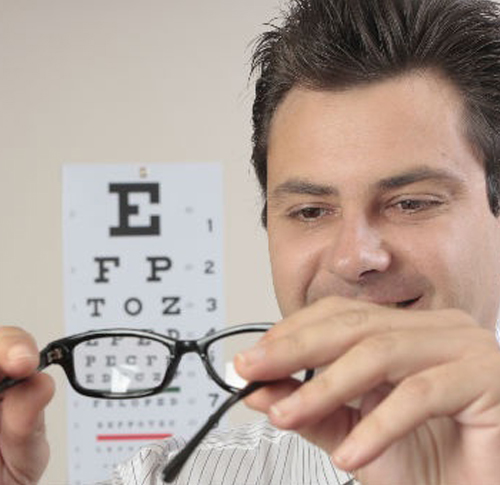What Is Low Vision?
Vision loss that cannot be corrected by ordinary eyeglasses, contact lenses, medication or surgery. A person with low vision has extremely limited sight that interferes with daily activities.. You can still see something. And with the help of vision aids, you can stay independent.
What Causes Low Vision?
Low vision can be caused by a number of diseases in the eye. An injury to the eye can also result in low vision. And some people are born with low vision.The macula may break down, causing loss of central vision (macular degeneration). The blood vessels may become weak and leak fluid into the eye (diabetic retinopathy). The optic nerve may be damaged by glaucoma (increased eye pressure) and be unable to send messages to the brain.


